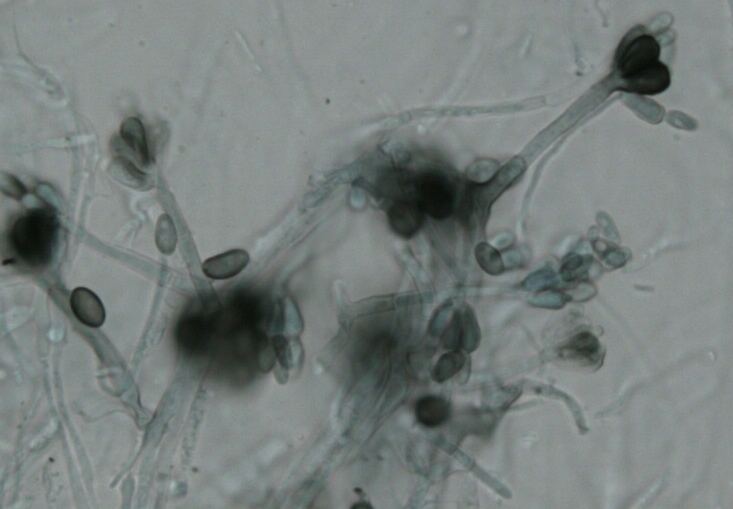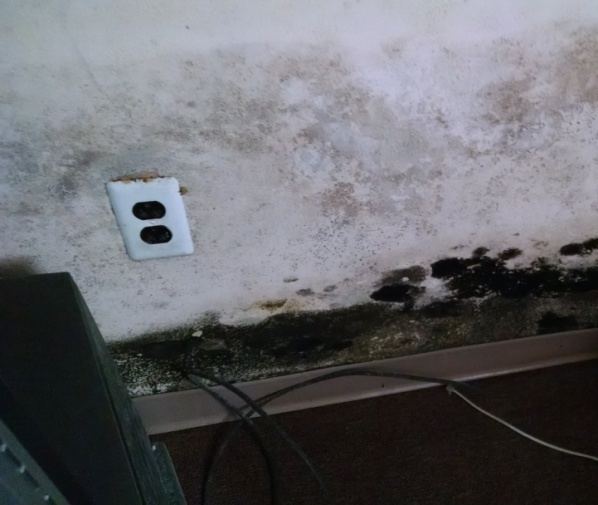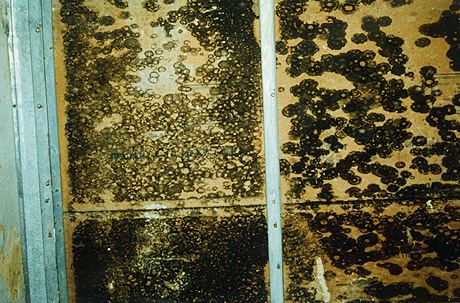Kingdom Fungi Rank Species | Family Stachybotryaceae Scientific name Stachybotrys chartarum Higher classification Stachybotrys | |
 | ||
Similar Stachybotrys, Aspergillus versicolor, Chaetomium, Cladosporium, Ulocladium | ||
Stachybotrys chartarum what you need to know
Stachybotrys chartarum, also called Stachybotrys atra, Stachybotrys alternans or Stilbospora chartarum, is a black mold that produces its conidia in slime heads. It is sometimes found in soil and grain, but the mold is most often detected in cellulose-rich building materials from damp or water-damaged buildings. S. chartarum was originally discovered on the wall of a house in Prague in 1837 by Czech mycologist August Carl Joseph Corda. It requires high moisture content in order to grow and is associated with wet gypsum material and wallpaper.
Contents
- Stachybotrys chartarum what you need to know
- Stachybotrys chartarum toxic black mold
- Medical and veterinary issues
- Detection
- References

Stachybotrys chartarum toxic black mold
Medical and veterinary issues

Health problems related to this mold have been documented in humans and animals since the 1930s; it is also considered a likely candidate for the Biblical condition mistranslated as "leprosy", tzaraath. More recently, S. chartarum has been linked with so-called sick building syndrome. However, the link has not been firmly established in the scientific literature.

There are two chemotypes in S. chartarum, one that produce trichothecene mycotoxins including satratoxins and one that produce atranones.

Two cats died under anesthesia in what is believed to be the first documented case of black mold poisoning in pets. The cats had been living in Florida in a water damaged home. During routine dental procedures both cats experienced severe pulmonary hemorrhage and later died. Blood tests confirmed the presence of a toxin produced by S. chartarum, and severe mold contamination was found in the home.
Detection
Four distinctive microbial volatile organic compounds (MVOCs), 1-butanol, 3-methyl-1-butanol, 3-methyl-2-butanol, and thujopsene, were detected on rice cultures, and only one (1-butanol) was detected on gypsum board cultures.
